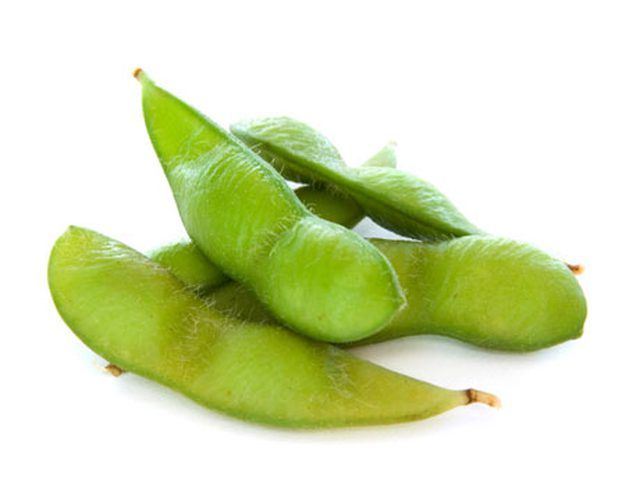Bulbs
Flower Basics
Flower Beds & Specialty Gardens
Flower Garden
Garden Furniture
Garden Gnomes
Garden Seeds
Garden Sheds
Garden Statues
Garden Tools & Supplies
Gardening Basics
Green & Organic
Groundcovers & Vines
Growing Annuals
Growing Basil
Growing Beans
Growing Berries
Growing Blueberries
Growing Cactus
Growing Corn
Growing Cotton
Growing Edibles
Growing Flowers
Growing Garlic
Growing Grapes
Growing Grass
Growing Herbs
Growing Jasmine
Growing Mint
Growing Mushrooms
Orchids
Growing Peanuts
Growing Perennials
Growing Plants
Growing Rosemary
Growing Roses
Growing Strawberries
Growing Sunflowers
Growing Thyme
Growing Tomatoes
Growing Tulips
Growing Vegetables
Herb Basics
Herb Garden
Indoor Growing
Landscaping Basics
Landscaping Patios
Landscaping Plants
Landscaping Shrubs
Landscaping Trees
Landscaping Walks & Pathways
Lawn Basics
Lawn Maintenance
Lawn Mowers
Lawn Ornaments
Lawn Planting
Lawn Tools
Outdoor Growing
Overall Landscape Planning
Pests, Weeds & Problems
Plant Basics
Rock Garden
Rose Garden
Shrubs
Soil
Specialty Gardens
Trees
Vegetable Garden
Yard Maintenance
Types of Soy Beans
Types of Soy Beans. Soybeans are native to East Asia. These beans have been the major source of protein for the people of Asia for more than 5,000 years. The United States produces 50 percent of the worlds soybeans. Soybeans are a good source of fiber, protein, magnesium, riboflavin, folic acid, iron and calcium. They protect the heart against...

Soybeans are native to East Asia. These beans have been the major source of protein for the people of Asia for more than 5,000 years. The United States produces 50 percent of the worlds soybeans. Soybeans are a good source of fiber, protein, magnesium, riboflavin, folic acid, iron and calcium. They protect the heart against oxidation, prevent blood clots and work as antioxidants. The soybean grows in pods. Each pod holds edible seeds. There are three types of soybeans: green soybeans, mature soybeans and dried soybeans.
History
Over 13,000 years ago, China discovered soybeans. These beans were the most important crop in the area. In the 8th century, soybeans were introduced in Japan and other areas of Asia. In the 18th century, soybeans appeared in the United States. They were planted by an American who returned home from a visit to China. During the 19th century, the farming of soybeans became popular. By the early 20th century, John Kellogg and George Carver discovered the health benefits of these beans and began promoting them. Their popularity continues to grow today.
Green Soybeans
Green soybeans, also known as Edamame, are harvested prematurely, while the beans are still green. These beans are large and have a sweet taste. Edamame often are added to rice dishes, salads and soup. They are available throughout the year. Many times, Edamame are sold frozen, in bags. Frozen green soybeans can be kept for several months. Fresh Edamame can be found at many Asian markets. To prepare green soybeans; boil the seeds in fresh water with a few dashes of salt, or steam them in their pods until they are hot.
Mature Soybeans
Mature soybeans are light brown in color. They are harvested when they have reached maturity, and are available year round. These soybeans are sold both in and out of the pod. Asian markets sell them in both varieties. Mature soybeans need to be used within a few days, while keeping them refrigerated. To prepare, boil the soybeans out of their pods until they are tender. Mature soybeans often need other ingredients to bring out their flavor, such as onions, spices and salt. They can be served as a side dish, or as an ingredient to other dishes -- soups, rices and casseroles.
Dried Soybeans
Dried soybeans are available at most health-food shops and some supermarkets. These beans are pea-sized, and require soaking overnight before being cooked. To cook them, boil them slowly on the stove for a few hours. Three hours is the average time it takes for these beans to become tender. Seasonings should be added, due to the dried soybeans being mild in flavor. They can also be added to other dishes as an ingredient--soups, salads and rice dishes.
Health Benefits
Soybeans provide calcium, protein, iron, fiber, fatty acids, copper, vitamin B2, potassium, phosphorus and molybdenum. Soybeans contain so much fiber, they may prevent colon cancer. The fiber in soybeans binds cancer-causing toxins and helps the body remove them -- preventing them from damaging the colon. Soybeans also can lower cholesterol. A peptide found in soybeans called lunasin can lower your cholesterol by up to 30 percent.